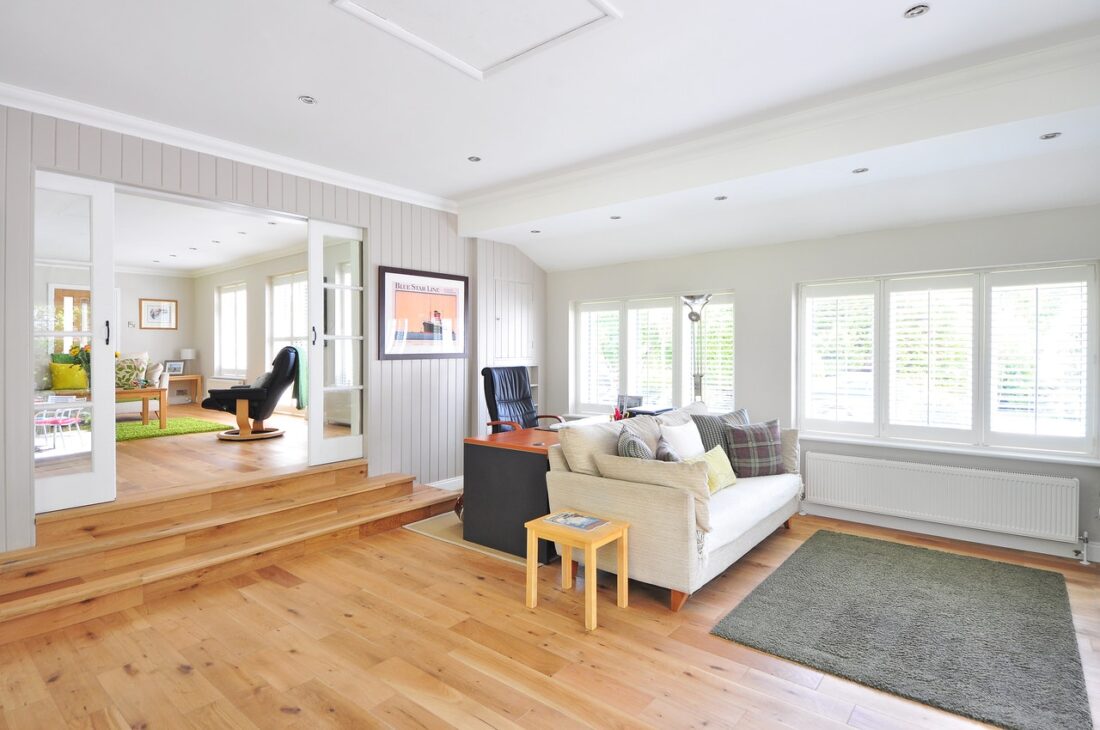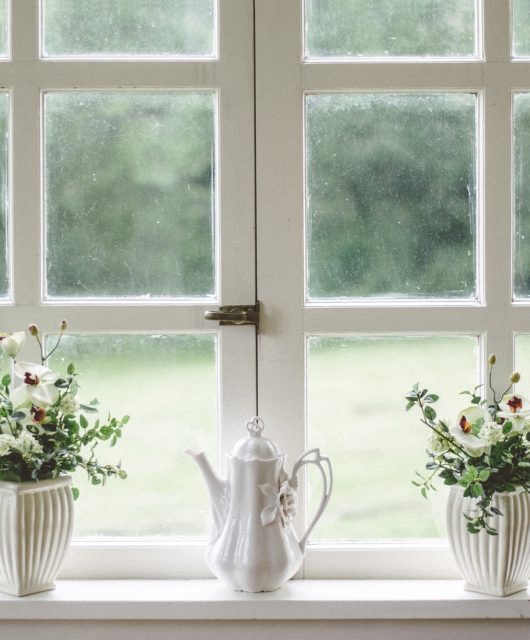A Hard Look: Decorative Concrete vs. Hardwood Floor
 Are you starting a new construction project and deciding on what type of flooring to use? Choosing the best material anchors on many important things to consider. The common concerns one might have included the following:
Are you starting a new construction project and deciding on what type of flooring to use? Choosing the best material anchors on many important things to consider. The common concerns one might have included the following:
- The type of material. What is the best type of flooring to suit my location?
- The design that you like. What will flooring design make my property look better?
- The cost. What material will meet my cost requirement?
- The time of installation. What will flooring material finish faster?
Sometimes, you can’t pin down what to choose because you have no prior knowledge of the essential things to take note of.
Take a hard and honest look comparing decorative concrete and hardwood floors. Today’s article guides you to get the facts straight! As you read through, you will then figure out the distinct features between the two and know your flooring project’s specifics.
Table of Contents
Design and Durability
Concrete floors and hardwood are the toughest among other flooring materials. In terms of design, these two are also the most adaptive to any motif. So, you can be confident that whatever you choose will lead you to good results.
Designing wood and decorative concrete in Kansas City can create dozens of customizations. Also, there are innovative techniques that go with these materials. Both of them carry a raw, straightforward look. A polished floor and a classic wooden design look simply stunning.
The Comparison: Concrete floors are great for creating seamless surfaces both indoor and outdoor. Compared to wood, concrete floors can withstand a more extreme climate.
Wood will wear quickly under high moisture. The surface and the core of the material will get soft and become pliable. Meanwhile, wood does not break or crack easily. You can say the same for concrete. However, the cementitious material will make cracks and dents more obvious.
A hard falling object can scrape the smooth stone surface. Abrasions on the grey floors might emerge frequently.
Degree of Foot Traffic
Considering that the two flooring types have stable features, foot traffic is the last thing you can think about. This factor is important, though. Answer these questions:
- Am I going to construct an industrial facility?
- Is it for a small retail space?
- Is it for business or home use?
Industrial facilities will have higher foot traffic. These are places where forklifts and massive vehicles come in and out.
Constant foot traffic occurs among business areas. Retail shops may take up only small spaces, but daily business transactions mean that people from everywhere come here every day.
The Comparison: Wooden floors are a standard among homes. It creates that homey feel. They give a subtle charm instantly. Compared to concrete, wooden patterns provide a sense of comfort to a place. Wood also withstands a lot of foot traffic. However, it does not take much as concrete would.
Concrete floors reign among commercial and industrial facilities. A home’s value also increases with sturdy concrete flooring. Moreover, when a tough flooring retains its polished look after exposure to heavy use, it secures a buyer if you plan to sell it in the future.
Wooden floorings go with multi-flooring systems. Most of the time, foot traffic wears the wood quickly. Foot treads and different stains reduce its appeal. Constant waxing or sealing is necessary for the wooden surfaces.
On the other hand, concrete will also require decorative touches. Local flooring designers and experts at Kansas City epoxy flooring echo that one does not need complicated designs among business spaces. They use os clear epoxy coating can make superb aesthetics on polished floors.
The verdict is concrete sealers are more cost-efficient. In the long run, when the floors stock up dirt and stains, cleaning will be easy. Unlike wooden floors that need extra care. Some cases may need carpets to protect the wooden floors from the extreme surge of people entering an area.
Season and Location
It will help if you take into consideration the region where you live. Or the palace where you are deciding to put up the material. Wooden floors are perfect for humid areas. Hardwood can withstand the outdoors and the rains, given that the climate has the right balance of wet and dry weather.
The Comparison: If chosen for the outdoors, concrete is more durable and resistant compared to wood.
The popular outdoor wooden floors come in a material called a composite wood deck. These materials emerge to bring the strength of outdoor floors and finish it with the look of wood. Composite wood is a synthetic wood that you can build around the pool area.
Concrete, on the contrary, crates faux wood patterns. If you plan to put wooden floorings around a water leisure spot or the patios, you can attain it with stamped concrete.
On a high note, you can bring the best out of concrete floors when you opt to stamp them. Be practical with not need to replace the existing slabs. You can just put an overlay of the new mix of concrete.
A concrete sealer can enhance the surface. It will make the flooring withstand heat. A floor refinishing Chicago can stain or dye the surface to give it protection from heat. You can also apply an acrylic coating on the surface to prevent the reaction from salt compounds due to deicers when it’s winter.









